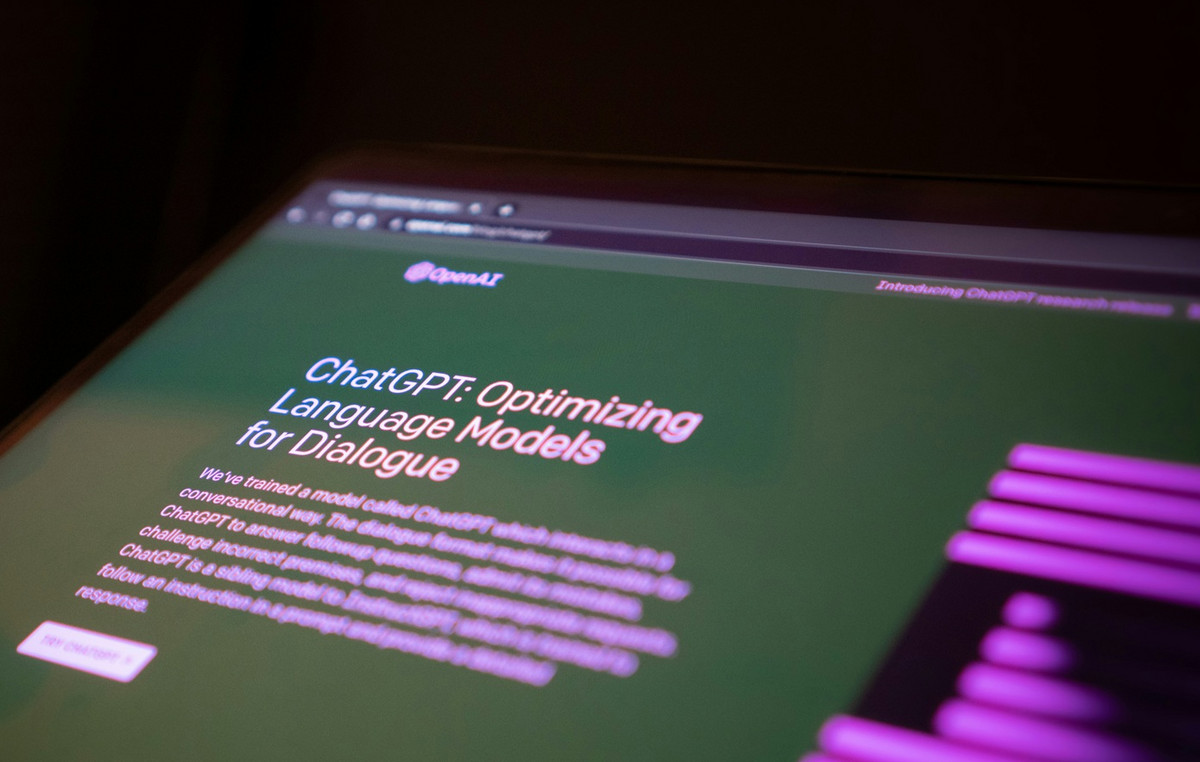As the NASA’s Artemis II mission — which will send four astronauts to circumnavigate the Moon as early as next year — is approaching, a new study reveals how well the Orion spacecraft will protect the crew. To do so, dummies flew around the Moon in a mission that astronauts could soon follow. Scientists have also just revealed what the models’ journey was like.
The findings are based on data from Artemis I, a 25-day voyage that took place around the Moon and back to Earth in late 2022. On that mission, the Orion capsule, which followed a similar trajectory to that planned for Artemis II, was unmanned, but carried special non-human guests .
Two of these guests, mannequin torsos called Helga and Zohar served to test how much radiation astronauts could face as they ventured to the Moon. The models were made of materials that mimic a person’s soft tissues, organs and bones and, like the spacecraft, included detectors to monitor radiation exposure along the way.
Now, scientists have released the first results after studying the data from the detectors, published on Wednesday (18), in the journal Nature. The findings show that the protection technology used on the spacecraft was effective in mitigating radiation during the trip.
“The Artemis I mission marks a crucial step in advancing our understanding of how space radiation affects the safety of future manned missions to the Moon,” he said. Sergi Vaquer Araujo leader of the European Space Agency’s space medicine team, in a statement.
Araujo was not involved in the study, but the European Space Agency contributed five mobile dosimeters to measure radiation throughout the Orion spacecraft.
“We are gaining valuable insights into how space radiation interacts with the spacecraft’s shielding, the types of radiation that penetrate the human body, and which areas inside Orion offer the most protection,” Araujo added.

Radiation concerns
NASA has been studying the impact of space radiation on human health for decades, dating back to the first manned missions in the 1960s. Data is also collected regularly from astronauts who spend six months to a year aboard the International Space Station.
The station remains in low Earth orbit, which means it is partially shielded by the planet’s magnetic field, in addition to the heavy shielding built into the space lab’s design. Earth’s magnetic field also prevents cosmic rays from reaching the astronauts.
But on future deep space missions, astronauts will be far from that protection and will need to rely on a well-armored spacecraft and protective spacesuits.
Long-duration missions to the Moon and Mars will expose astronauts to cosmic ray radiation high-energy particles that move through space. To reach outer space, astronauts will also have to cross Earth’s Van Allen Belts, two bands of radiation that surround our planet like giant doughnuts, according to NASA.
Sensors embedded in the Orion capsule captured continuous radiation data on the journey from Earth to the moon and back for the first time, researchers said. While there is some data from the Apollo missions, it was not collected continuously.
The sensors showed that radiation exposure inside Orion varied significantly depending on the location of the detectors, the study authors said.
Cosmic storm shelter
As Orion passed through the Van Allen Belts, data showed that the most protected areas, such as the capsule’s “storm shelter,” provided four times more protection than the least protected areas. Researchers determined that radiation exposure in these locations remained at a safe level to prevent acute radiation sickness in astronauts.
“The storm shelter is a very compact area used to store crew supplies,” he said. Stuart George lead author of the study and a scientist in the Space Radiation Analysis Group at NASA’s Johnson Space Center, said in an email.
“We found that the storm shelter was the most protected area of the ship, which is great because that’s what it was designed for!” he added.
Crossing the Van Allen Belts has been considered comparable to the crew experiencing a space weather event.

As the Sun approaches solar maximum — the peak of its 11-year cycle, expected this year — it becomes more active, releasing intense solar flares and coronal mass ejections, which are large clouds of ionized gas known as plasma and magnetic fields that erupt from the Sun’s outer atmosphere.
When these flares are directed toward Earth, they can affect spacecraft, satellites, the space station and even the power grid on the ground. “This helped us validate the shelter design to protect the crew from energetic solar particle events caused by space weather,” George said.
To the cosmic ray exposures which can account for most of the radiation astronauts encounter on long-duration spaceflight, were 60 percent lower on Artemis I than on previous missions, including robotic missions to Mars, George said.
The team also noted a surprise in the findings. As Orion passed through the Van Allen Belts, the spacecraft performed a spin maneuver to burn its thrusters, ensuring it was on the correct trajectory.

During the maneuver, radiation levels inside the capsule dropped by 50 percent as the maneuver placed more of Orion’s shielding in the path of the radiation, George explained.
Measurements made during Artemis I could guide the design of future manned space missions, the study authors said.
Planning for Artemis II
If a solar storm occurs while the Artemis astronauts are in space, it could last for days.
The storm shelter concept was changed for Artemis II. This was due to the possibility that the smaller shelter aboard Artemis I would not be large enough for the crew to operate normally if they needed to remain there for an extended period during a solar storm – also known as a solar particle event.
“On Artemis II, the crew will tie up [com elásticos] supplies to the least protected wall of the Orion spacecraft,” George said in an email.
“This means that during an energetic solar particle event, the crew could use much more cabin space while still being effectively shielded from radiation. It will be very interesting to test this in space, with the crew involved.”
The core stage of the Artemis II rocket arrived at NASA’s Kennedy Space Center in Florida over the summer, and assembly of the Artemis III rocket, scheduled for 2026, is already underway. Artemis III is expected to carry the first female and African-American astronauts to the satellite.
Meanwhile, the Artemis II crew, including NASA astronauts Reid Wiseman, Victor Glover, Christina Koch and Canadian astronaut Jeremy Hansen, are training in the field in Iceland. While they won’t be landing, the crew will travel 4,600 miles (7,402 kilometers) beyond the far side of the moon to capture images of lunar surface features, such as craters, from orbit.
“Having humans holding the camera during a lunar flyby and describing what they see in a language scientists can understand is a boon for science,” he said. Kelsey Young Artemis II lunar science lead and science officer at NASA’s Goddard Space Flight Center in Greenbelt, Maryland, in a statement.
“For the most part, this is what we train astronauts to do when we take them to these moon-like environments on Earth.”
NASA discovers electric field fundamental to Earth’s atmosphere
This content was originally published in Artemis Mission: NASA sends dummies to the Moon to evaluate astronauts’ path on the CNN Brasil website.
Source: CNN Brasil
Charles Grill is a tech-savvy writer with over 3 years of experience in the field. He writes on a variety of technology-related topics and has a strong focus on the latest advancements in the industry. He is connected with several online news websites and is currently contributing to a technology-focused platform.







